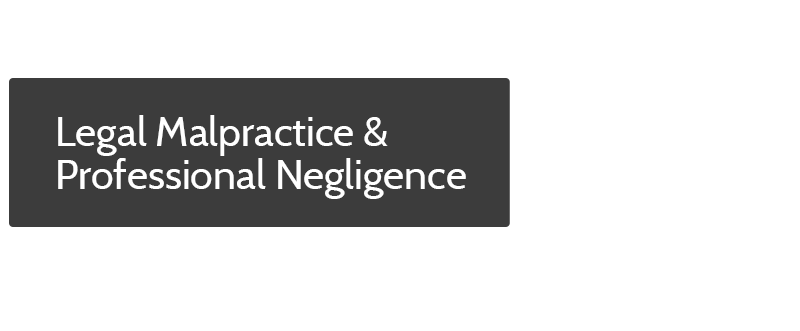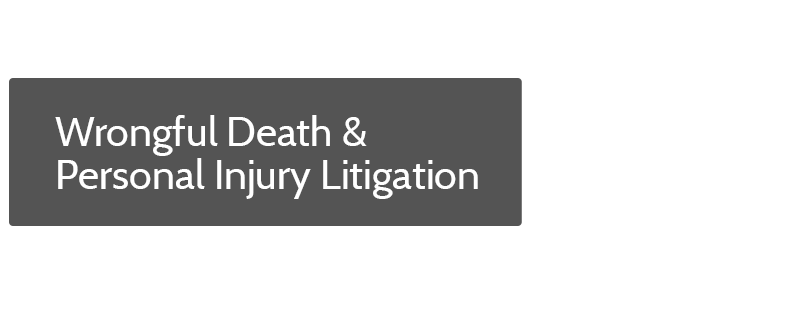When is an Injury “Foreseeable”?
FORESEEABILITY IS A FACTOR IN DETERMINING A DEFENDANT’S DUTY IN NEGLIGENCE CASES
When evaluating whether or not a defendant owed a duty of care to an injured plainitff, courts will often evaluate the foreseeability of the harm or injury. Where the plaintiff suffers only economic harm, foreseeability generally plays a lesser role than it does in cases involving personal injury or physical damage to property.
The inquiry often focuses less on the actual injury suffered than on whether the type of conduct in which the defendant engaged (or failed to engage, in cases involving a failure to act) is likely to cause the type of harm or injury the plaintiff suffered. Essentially, the court examines whether defendants who act, or fail to act, in a certain manner are foreseeably likely to cause this type of injury to others. The more likely or foreseeable harm is, the more likely the court will find the defendant owes a duty of care to those who might be injured by the conduct. However, there are exceptions.
Not all conduct which carries a risk of harm to others will create a duty on the part of defendants–even where the harm is foreseeable and/or significant. For example, sometimes courts do not impose a duty of care on defendants because the activity in question, though foreseeably risky, is highly desirable to promote an important public policy or public benefit.
GENERALLY, HARM MUST BE “REASONABLY” FORESEEABLE, NOT JUST “POSSIBLE”
The fact that an activity creates a foreseeable risk of harm is not necessarily enough for a court to impose a duty of care on a defendant, or to hold a defendant legally liable for harm resulting from the activity. Courts have noted that many harms are foreseeable “in hindsight,” and often elect to exercise caution in determining whether injury is or is not foreseeable.
Harm be “reasonably foreseeable”–not merely “foreseeable”–in order to support the existence of a legal duty. This means that the harm must be reasonably probable as a result of the defendant’s actions, if the defendant fails to act with reasonable care. While the danger need not necessarily be “more likely than not” to occur, it must be likely enough that a reasonable person would take steps to avoid, prevent, or warn potential victims of the danger.
***
Disclaimer: THIS ARTICLE IS FOR INFORMATIONAL PURPOSES ONLY, AND DOES NOT CONSTITUTE LEGAL ADVICE OR CREATE AN ATTORNEY-CLIENT RELATIONSHIP BETWEEN THE AUTHOR AND ANY PERSON. Your rights and experiences may vary. Never use an online article (including this one) to evaluate your legal claims. Speak with an experienced lawyer promptly to obtain a personalized evaluation of your claims, possible damages, and options. You may lose or compromise your rights if you delay in consulting legal counsel. Negligence claims are complicated and fact-dependent. If you believe you have a claim against someone who injured you, a lawyer who represented you in a previous lawsuit, or any other type of legal claim, consult an experienced lawyer immediately for an evaluation of your personal rights and claims.














